Have you ever heard of engineered engine noise, that artificial roar coming from the speakers of an EV, pretending there’s a combustion engine working inside? Or, have you seen decorative exhaust tips, those well-shaped plastic covers hiding the real exhaust, just to make a small four-cylinder look beefier?
That’s absurd.
And my Fujifilm Instax Mini Evo is full of the same absurdities. I mean, craps.
Don’t get me wrong. I’m a long-term fan who bought many milestones from Fujifilm: GX680III, S5Pro, every X100 model from the original to the X100F, XPro1, XT1, Instax Mini 40, and now this Instax Mini Evo. And this Evo is the only one that makes me ask: what the hell is going on?
It’s not an analog camera, not a ‘hybrid’ camera either. A true hybrid camera should combine both digital and analog imaging, just like a hybrid viewfinder integrates both EVF and OVF. But as a matter of fact, the Evo is just a digital point-and-shoot with a printer attached. The real instant exposure never happens when you press the shutter button. All those things, the print lever, the popping-film animation on the LCD, are just pretending there’s a ritual-like instant exposure happening.
Tell me it saves film. Tell me it’s fun to shoot with. No, it’s simply not true. The reason I use an instant camera, especially when the film is so pricey nowadays, is the excitement of the decision to lock down the very moment for the very person on that expensive film, instantly. If I shoot digital and print later, it becomes a completely different mindset. And in terms of fun in digital photography, there are too many better options.
Now look at the lens. Just look carefully. You’ll find the real one, a tiny pinhole, hiding in the middle of a lens-shaped plastic chunk.
Finally, let’s talk about those quirks the Evo is supposedly loved for. The camera offers several lens effects and film effects that aren’t better than what a free app on your phone can do. The only effect I was somewhat interested in was the light leak, which turns out to be nothing more than a color pattern overlaid on the digital photo. And there are only four light leak patterns, with no way to adjust their shape or strength. So imagine this: you take ten photos, and every single light leak looks identical.
Of course I knew all this before buying it. I was purely paying $100 more for an Instax printer that looks better and prints better than the SP2. If you Google it, you’ll find a way to trick the camera into printing your digital photos at a higher resolution than any other Instax printer. So I can bring a pocket album while meeting a model. It wasn’t a regretful purchase.
But Fujifilm could have done it far better. I’d appreciate it if Fujifilm borrowed an idea from Sony’s early 2010s SLT cameras, using a semi-transparent mirror that allows part of the light to pass through and hit real Instax film in the old-fashioned way, while reflecting the rest 90 degrees upward through image reduction optics to an APS-C CMOS for autofocus, EVF, and digital capture. That would make it a real hybrid camera. And yes, give it an entry-level EVF instead of that amateurish LCD, a 60mm f/2.8 (35mm perspective on Instax) instead of that pinhole, and a metal body instead of that plastic crap. And you know what? Add a switch before the film so I can choose between a real instant experience or digital-only shooting. Then there you go, the world’s best travel camera in my opinion. Price it at $1199, and I’d buy it instead of this dummy-hybrid.
Come on Fujifilm! With both the X100 series and Instax film under your roof, you’re the only one who can truly get it right!!
Share this post:
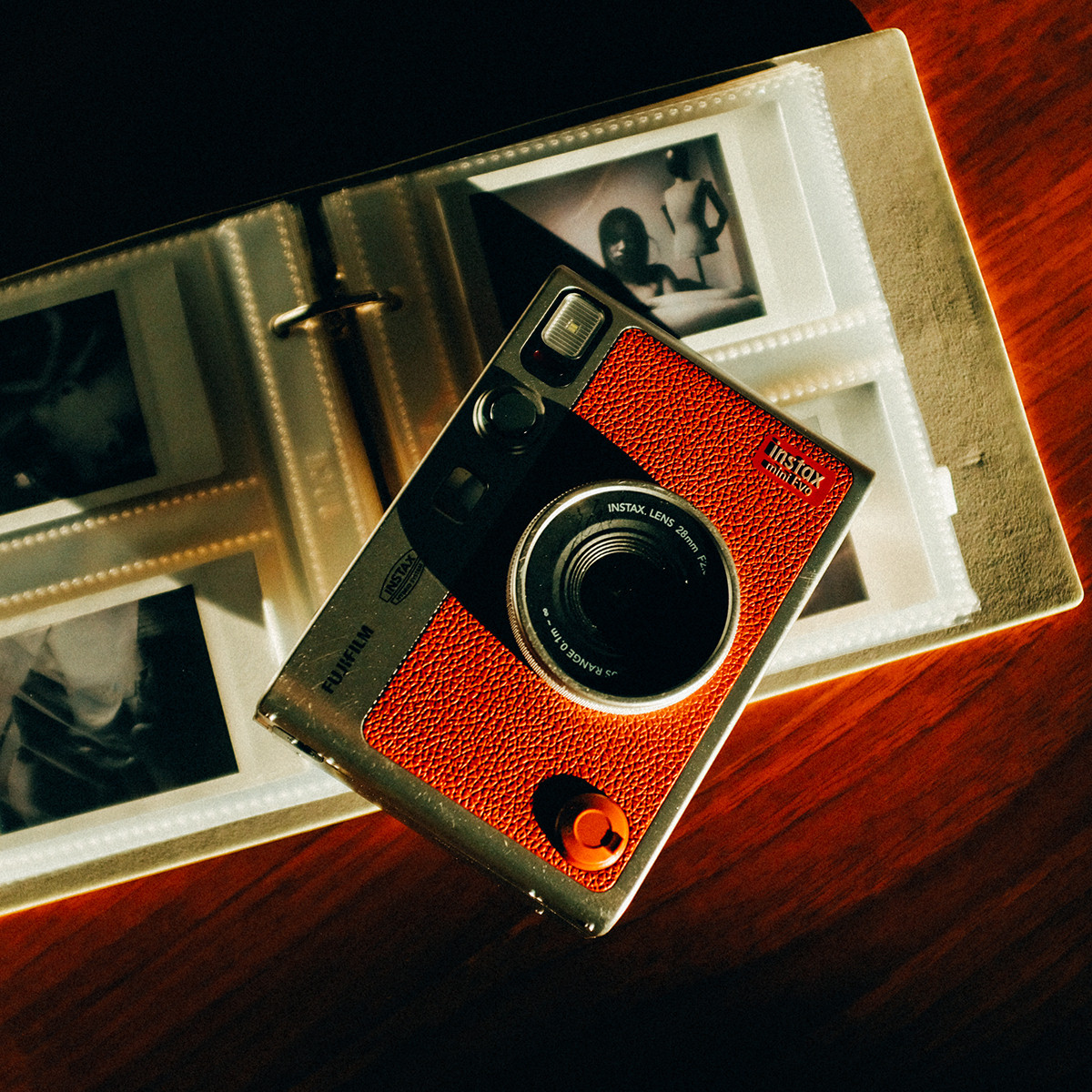
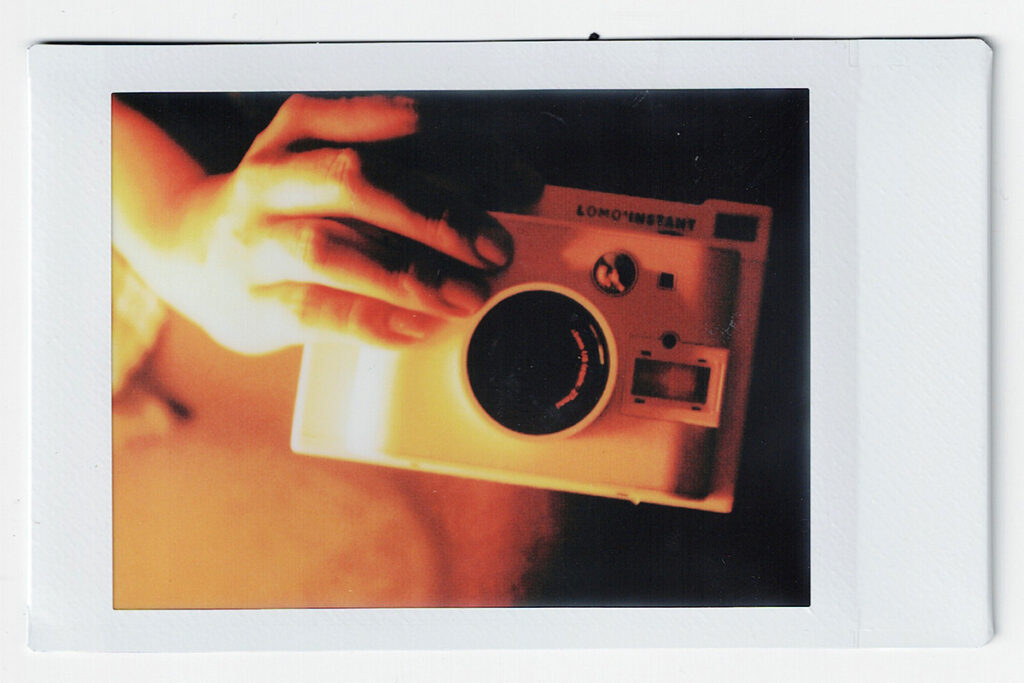

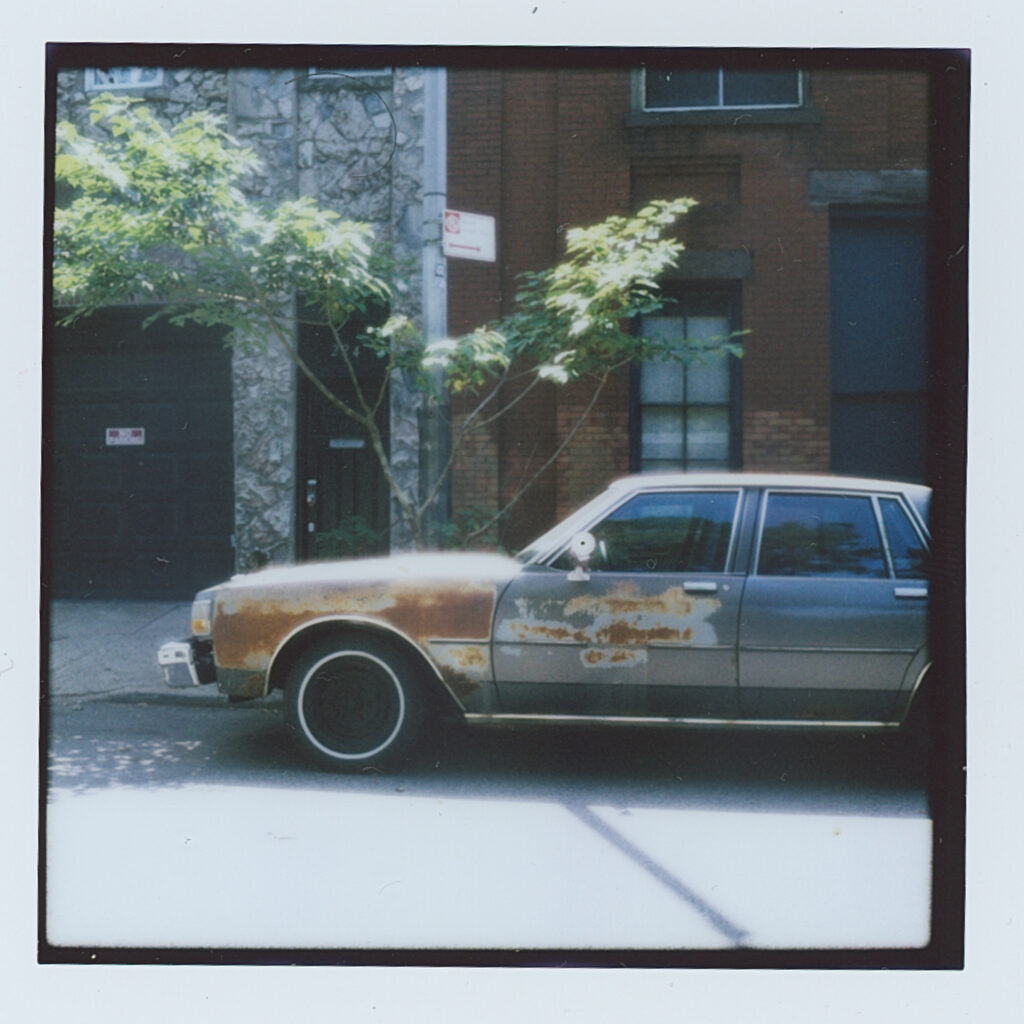
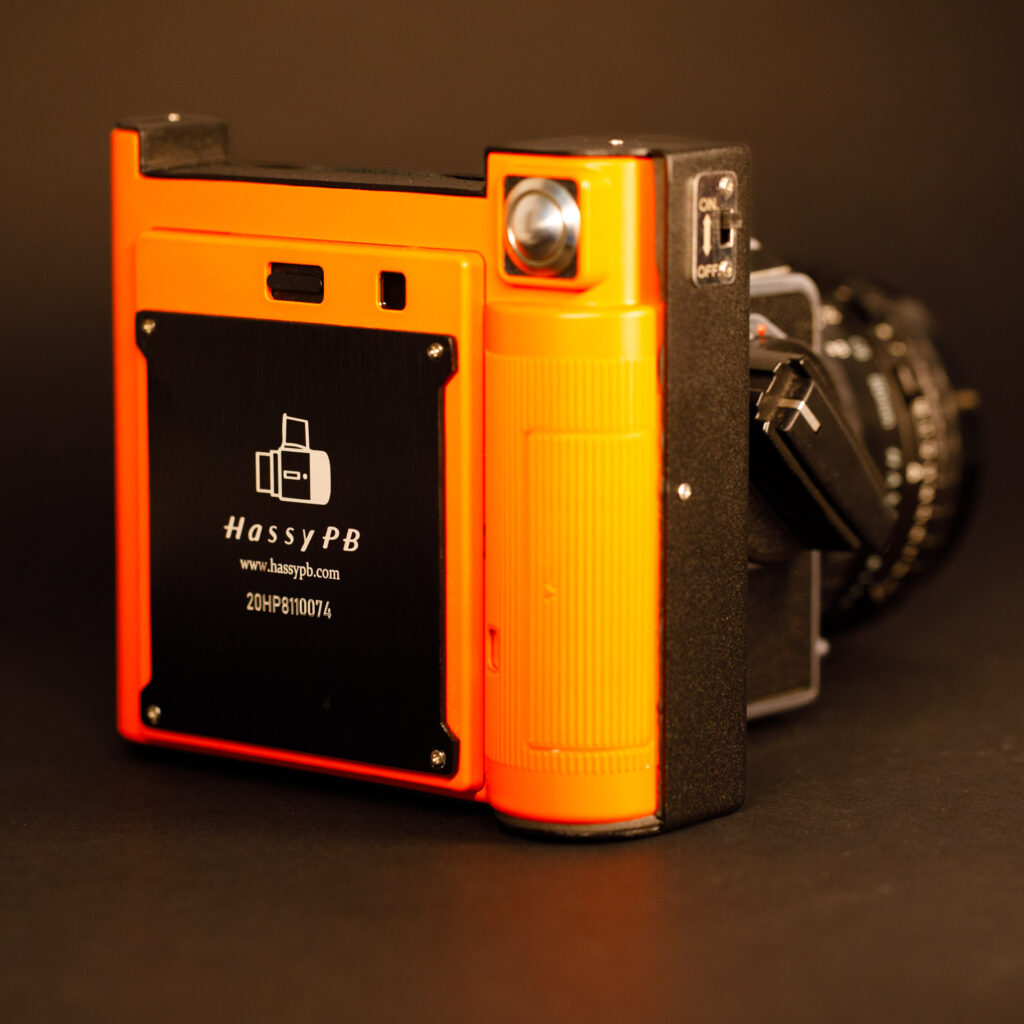
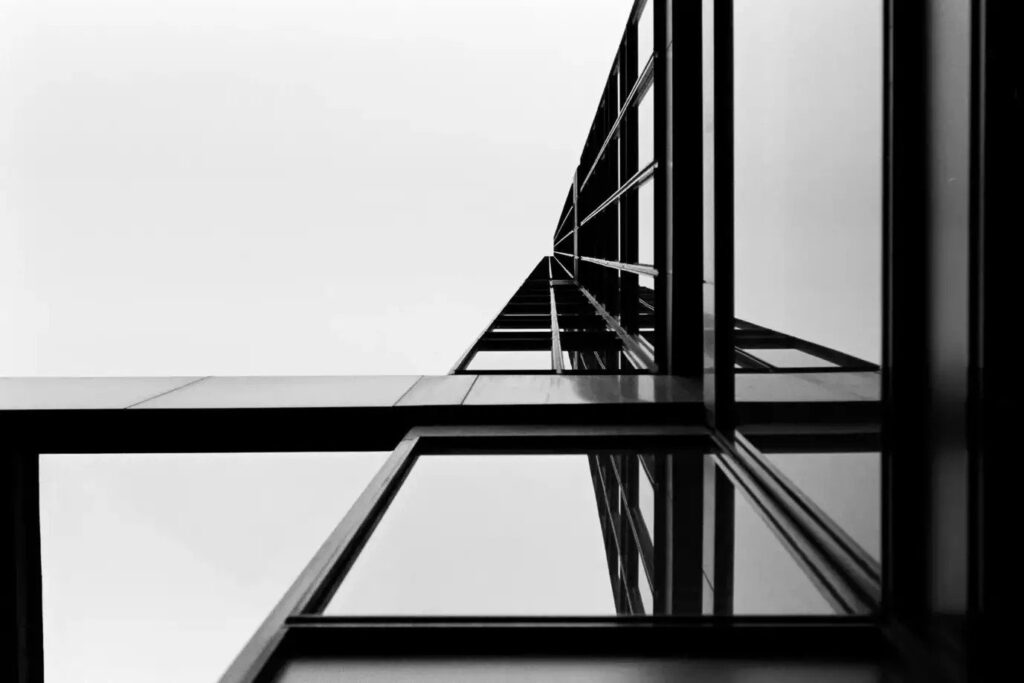


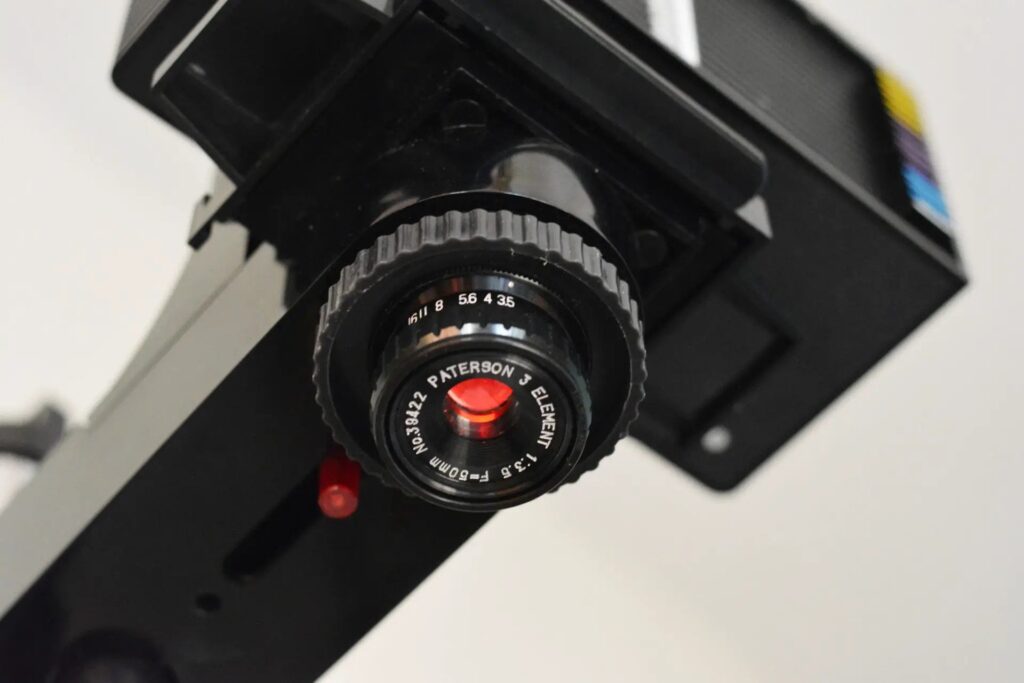
Comments
No comments found